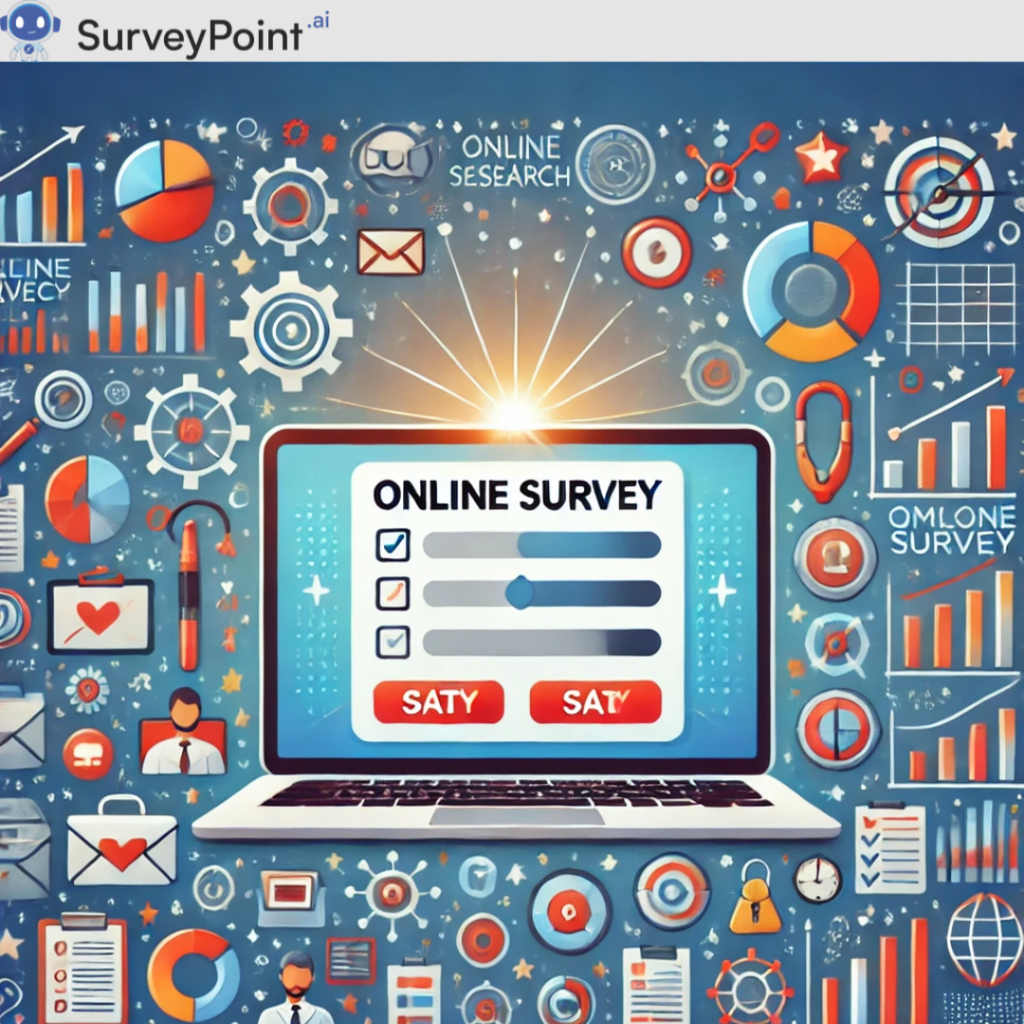
In the business world, the success of a company largely depends on how well it manages its customer relationships. At the heart of these relationships are the concepts of promoters and detractors—two groups of customers that can significantly influence a company’s performance, growth, and reputation. Understanding who these customers are, what drives their behaviors, and how to turn detractors into promoters is crucial for any business aiming to build strong, lasting customer relationships.
In this blog, we will explore the definitions, characteristics, and impact of promoters and detractors on business growth. We will also provide actionable strategies for how businesses can use this knowledge to boost customer loyalty, improve their Net Promoter Score (NPS), and ultimately drive growth.
What Are Promoters and Detractors?
Before we dive into strategies and best practices, let’s define promoters and detractors:
- Promoters: Promoters are customers who have a positive perception of your brand and are likely to recommend your company to others. In Net Promoter Score (NPS) terminology, promoters are individuals who score your business a 9 or 10 on a scale from 0 to 10. These customers not only repeat business but also become brand advocates, helping to spread the word and bring in new customers.
- Characteristics of Promoters:
- They are highly satisfied with your products or services.
- They engage with your brand regularly and often.
- They are loyal and likely to purchase again.
- They may share positive feedback or reviews.
- They actively recommend your brand to friends, family, or colleagues.
- Characteristics of Promoters:
- Detractors: Detractors, on the other hand, are customers who have a negative or indifferent perception of your brand and are unlikely to recommend you. In NPS terms, detractors are those who score your business between 0 and 6 on the same 0-10 scale. These customers may have had poor experiences or feel that your product or service does not meet their expectations. Detractors are a serious concern because, if left unchecked, they can lead to negative word-of-mouth, reduced customer retention, and brand damage.
- Characteristics of Detractors:
- They are unhappy with some aspect of your product or service.
- They may feel that their expectations weren’t met or that they received poor value.
- They are likely to churn (leave) and may not return.
- They may share negative feedback, which can damage your reputation.
- They are less likely to recommend your brand and may actively discourage others from using your product or service.
- Characteristics of Detractors:
Why Promoters and Detractors Matter
Understanding promoters and detractors isn’t just about customer satisfaction; it’s about the overall health and growth trajectory of your business. Here are several reasons why these two customer groups are so significant:
1. Impact on Growth and Reputation
Promoters and detractors have a direct influence on your company’s reputation and growth. A strong base of promoters can fuel organic growth through referrals, positive reviews, and word-of-mouth marketing. Conversely, detractors can harm your reputation, leading to negative reviews and potentially driving away prospective customers.
- Promoters help increase customer acquisition at a lower cost since they act as organic ambassadors for your brand.
- Detractors, on the other hand, represent a risk to your business since they may share negative experiences on social media, forums, or review sites, potentially dissuading others from purchasing.
2. Impact on Customer Retention
Promoters are more likely to stick with your brand over the long term. They tend to be loyal customers who return to purchase again and again, often spending more than the average customer.
Detractors, however, represent churn risk. They may leave your brand for a competitor or stop buying altogether if their issues aren’t addressed. Since retaining existing customers is typically cheaper than acquiring new ones, losing detractors should be a priority for any business.
3. Influence on Customer Lifetime Value (CLV)
Customer Lifetime Value (CLV) is the total revenue a business can expect from a customer over the duration of their relationship with the brand. Promoters often have a higher CLV because they make repeat purchases, purchase at higher frequencies, and influence others to buy. Detractors, on the other hand, typically exhibit lower CLV due to reduced loyalty and a higher chance of churn.
4. Effect on Brand Loyalty and Advocacy
Promoters are often more emotionally connected to your brand, and their loyalty drives advocacy. They tend to share their positive experiences with others, contributing to your business’s visibility and growth.
Conversely, detractors can hurt your brand’s reputation by spreading negative sentiment, which can deter new customers from trying your product or service.
Net Promoter Score (NPS): Measuring Promoters and Detractors
One of the most popular tools for measuring promoters and detractors is the Net Promoter Score (NPS). NPS is a metric that helps businesses assess the loyalty of their customer base and determine how likely customers are to recommend their brand to others.
How NPS Works
NPS is typically measured with the following question:
- “On a scale of 0 to 10, how likely are you to recommend our product/service to a friend or colleague?”
Customers who score:
- 9-10 are considered Promoters.
- 7-8 are considered Passives (neither promoters nor detractors).
- 0-6 are considered Detractors.
The Net Promoter Score is calculated by subtracting the percentage of detractors from the percentage of promoters: NPS=%Promoters−%DetractorsNPS = \% \text{Promoters} – \% \text{Detractors}
An NPS score can range from -100 to +100, with higher scores indicating a larger percentage of promoters relative to detractors. A positive NPS (above 0) is generally seen as a good sign, while scores above 50 are considered excellent.
Why NPS Matters
NPS is widely considered an indicator of overall customer satisfaction and loyalty. A higher NPS correlates with a larger proportion of promoters, which indicates that your customers are not only satisfied but are also likely to refer others. Conversely, a lower NPS suggests that you have a higher proportion of detractors, which can hinder your growth and increase churn.
How Promoters and Detractors Affect Business Outcomes
Promoters
- Increased Referrals and Word-of-Mouth Marketing Promoters are more likely to recommend your product or service to others, which can lead to organic growth and customer acquisition without the need for extensive advertising spend. This can drive down your customer acquisition cost (CAC) while increasing your customer base.
- Loyalty and Repeat Purchases Promoters tend to be repeat buyers who are more likely to purchase again. They have a higher Customer Lifetime Value (CLV), which is the total amount of money they will spend on your products or services throughout their relationship with your brand.
- Brand Advocacy and Positive Reviews Promoters often share their positive experiences through online reviews, social media posts, or word-of-mouth recommendations. These reviews can help influence potential customers and improve your online reputation.
- Product and Service Feedback Promoters are often willing to give constructive feedback that can help you improve your products or services. They have a vested interest in your success, which can lead to valuable insights for future innovation.
Detractors
- Negative Word-of-Mouth Detractors are more likely to spread negative word-of-mouth about your brand, both online and offline. In the age of social media, dissatisfied customers can quickly share their experiences, potentially damaging your reputation and scaring off potential customers.
- Increased Churn Detractors are more likely to churn (stop using your product or service). Their dissatisfaction, if not addressed, can lead to higher attrition rates, which negatively impacts your retention efforts and increases your cost of acquiring new customers.
- Reduced CLV Since detractors are unlikely to make repeat purchases or refer others, they generally represent a lower CLV compared to promoters. This lower value reduces overall profitability and growth.
- Lost Opportunities for Growth Detractors can also be a missed opportunity for your business. If their issues are left unaddressed, you lose the chance to turn them into promoters. Detractors may not be a lost cause if their concerns are handled effectively, but businesses need to act quickly and empathetically to win them back.
Turning Detractors into Promoters
The good news is that detractors aren’t necessarily lost causes. With the right strategies, businesses can turn dissatisfied customers into loyal, enthusiastic promoters. Here’s how to do it:
1. Listen to Feedback
When customers express dissatisfaction, it’s crucial to listen carefully. Surveys, follow-up emails, and direct communication channels can help you understand the root cause of their issues. By gathering feedback, you show customers that their opinions matter, which can rebuild trust.
2. Act on Customer Complaints
Detractors often leave because their complaints go unresolved. Once you understand their pain points, take immediate and effective action to address them. This could mean offering a refund, providing a replacement, or finding another way to rectify the situation.
3. Personalize the Solution
Treat each detractor as an individual. Personalized solutions show that you care about their specific issue. Whether it’s offering a special discount, giving a personalized apology, or customizing a product recommendation, addressing the issue in a personalized manner can go a long way in restoring loyalty.
- Create a Customer Recovery Strategy Develop a system for identifying detractors early and taking proactive steps to resolve their issues before they escalate. This could involve using tools like NPS surveys or social listening to catch negative sentiment early and address it quickly.
5. Follow Up After Resolution
Once a detractor’s issue has been addressed, follow up to ensure they are satisfied with the solution. This shows your commitment to customer satisfaction and can turn an unhappy customer into a loyal advocate.
6. Offer Incentives
Sometimes, offering incentives such as discounts, exclusive offers, or early access to new products can help turn detractors into promoters. This can help mitigate any lingering negative feelings and give customers a reason to give your brand another chance.
Conclusion
Promoters and detractors represent two ends of the customer satisfaction spectrum, and both play a crucial role in determining the success of your business. Promoters are your brand’s most loyal and vocal supporters, driving growth through word-of-mouth, repeat purchases, and referrals. Detractors, on the other hand, can be a serious threat to your brand’s reputation and long-term profitability if left unmanaged.
By understanding who your promoters and detractors are, and by taking proactive steps to foster positive experiences and resolve complaints, businesses can create a customer base that is not only loyal but also actively engaged in driving growth.
With tools like Net Promoter Score (NPS), businesses can measure the effectiveness of their efforts, track customer sentiment, and optimize their strategies to boost promoters and reduce detractors. Turning detractors into promoters may not always be easy, but with the right approach, it is possible—and the rewards can be substantial.
Promoters help your business grow, while detractors can hinder that growth. By focusing on customer satisfaction, empathy, and continuous improvement, businesses can achieve a loyal customer base that sustains long-term success and profitability.




